 Millwood Dam
Millwood Dam
Entry Category: Engineering
 Millwood Dam
Millwood Dam
Mississippi County Community College Solar Power Experiment
Montague, Raye Jean Jordan
 Murray Lock
Murray Lock
 Murray Lock and Dam
Murray Lock and Dam
 Narrows Bridge
Narrows Bridge
Narrows Dam
aka: Lake Greeson
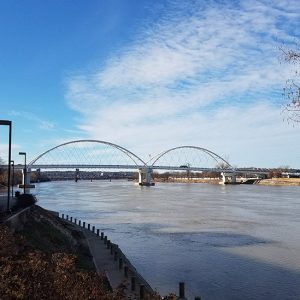 New Broadway Bridge
New Broadway Bridge
Nimrod Dam and Lake
 Nimrod Dam
Nimrod Dam
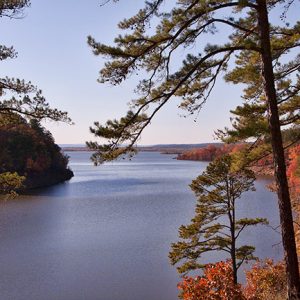 Nimrod Lake
Nimrod Lake
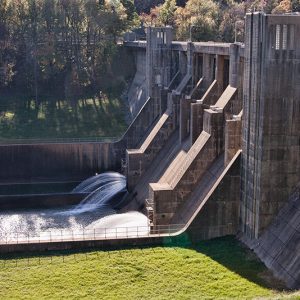 Nimrod Dam
Nimrod Dam
Norfork Dam and Lake
 Norfork Dam and Lake
Norfork Dam and Lake
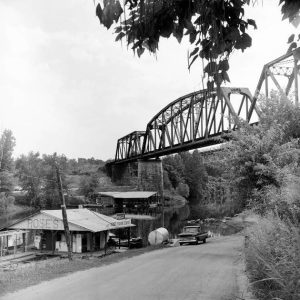 North Fork River Railroad Bridge
North Fork River Railroad Bridge
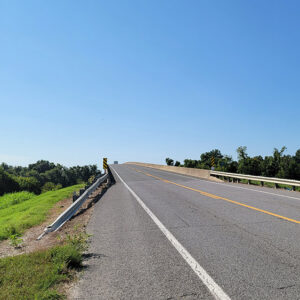 Oil Trough Bridge
Oil Trough Bridge
 Old Main Street Bridge Demolition
Old Main Street Bridge Demolition
 Ouachita River
Ouachita River
 Pedestrian Walkway
Pedestrian Walkway
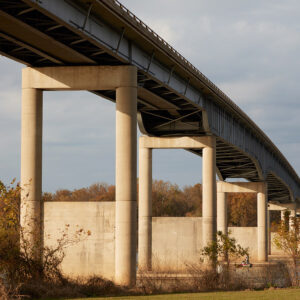 Pendleton Bridge
Pendleton Bridge
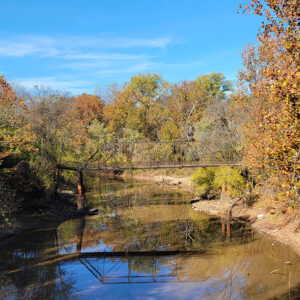 Point Remove Creek
Point Remove Creek
 Point Remove Creek
Point Remove Creek
Remmel Dam
aka: Lake Catherine
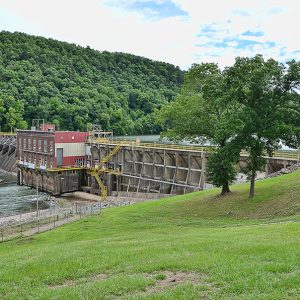 Remmel Dam
Remmel Dam
 Remmel Dam Plaque
Remmel Dam Plaque
 Remmel Dam Turbines
Remmel Dam Turbines
 Remmel Dam Construction Plaque
Remmel Dam Construction Plaque
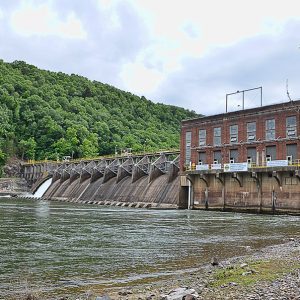 Remmel Dam
Remmel Dam
Rivervale Inverted Siphons
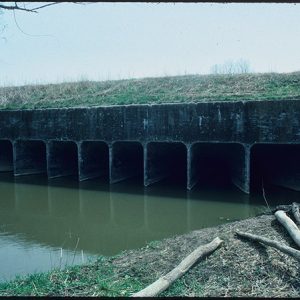 Rivervale Inverted Siphons
Rivervale Inverted Siphons
 Rock Island Bridge
Rock Island Bridge
Rock Island Bridge (Little Rock–North Little Rock)
aka: Choctaw Bridge
aka: Clinton Presidential Park Bridge
Rust, John Daniel
 John Rust
John Rust
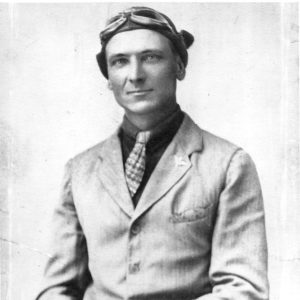 Richard Schilberg
Richard Schilberg
 Richard Schilberg
Richard Schilberg
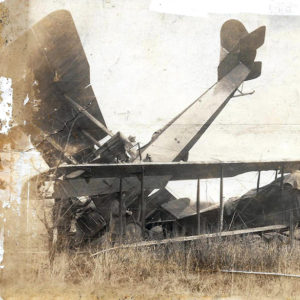 Richard Schilberg Aircraft
Richard Schilberg Aircraft
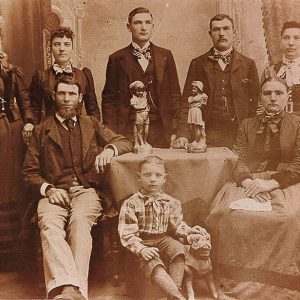 Schilberg Family
Schilberg Family
 Schilberg License
Schilberg License
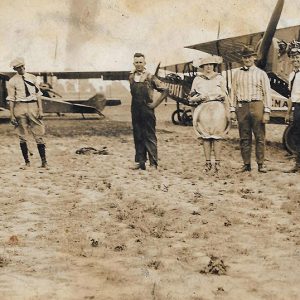 Richard Schilberg
Richard Schilberg
Schilberg, Richard
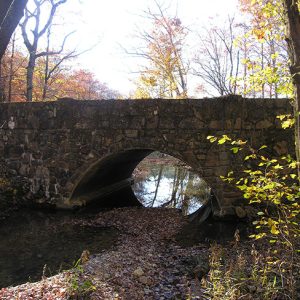 Shady Lake CCC Bridge No. 1
Shady Lake CCC Bridge No. 1
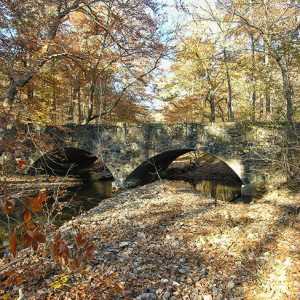 Shady Lake CCC Bridge No. 2
Shady Lake CCC Bridge No. 2
 Shaw Bridge
Shaw Bridge
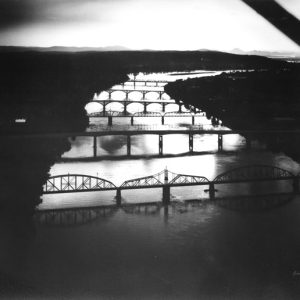 Six Bridges
Six Bridges
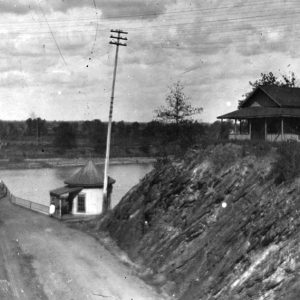 South End
South End
 Springfield-Des Arc Bridge
Springfield-Des Arc Bridge
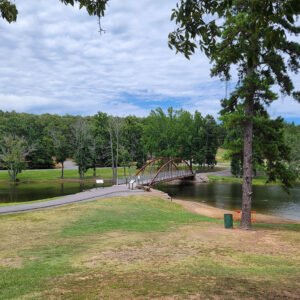 Springfield-Des Arc Bridge
Springfield-Des Arc Bridge
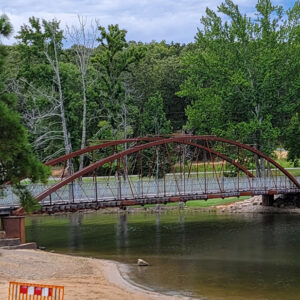 Springfield-Des Arc Bridge
Springfield-Des Arc Bridge
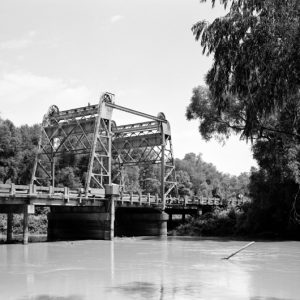 St. Francis River Bridge
St. Francis River Bridge




